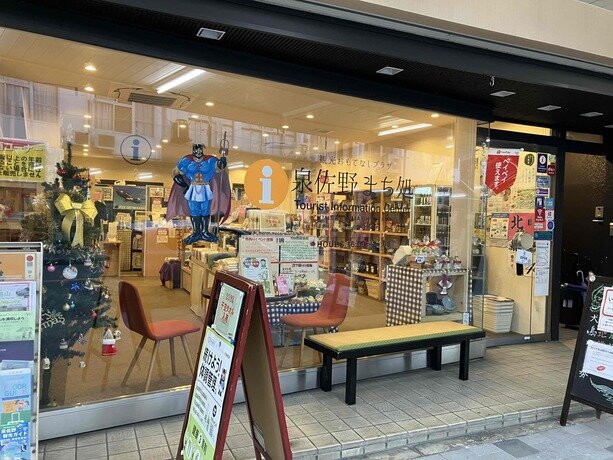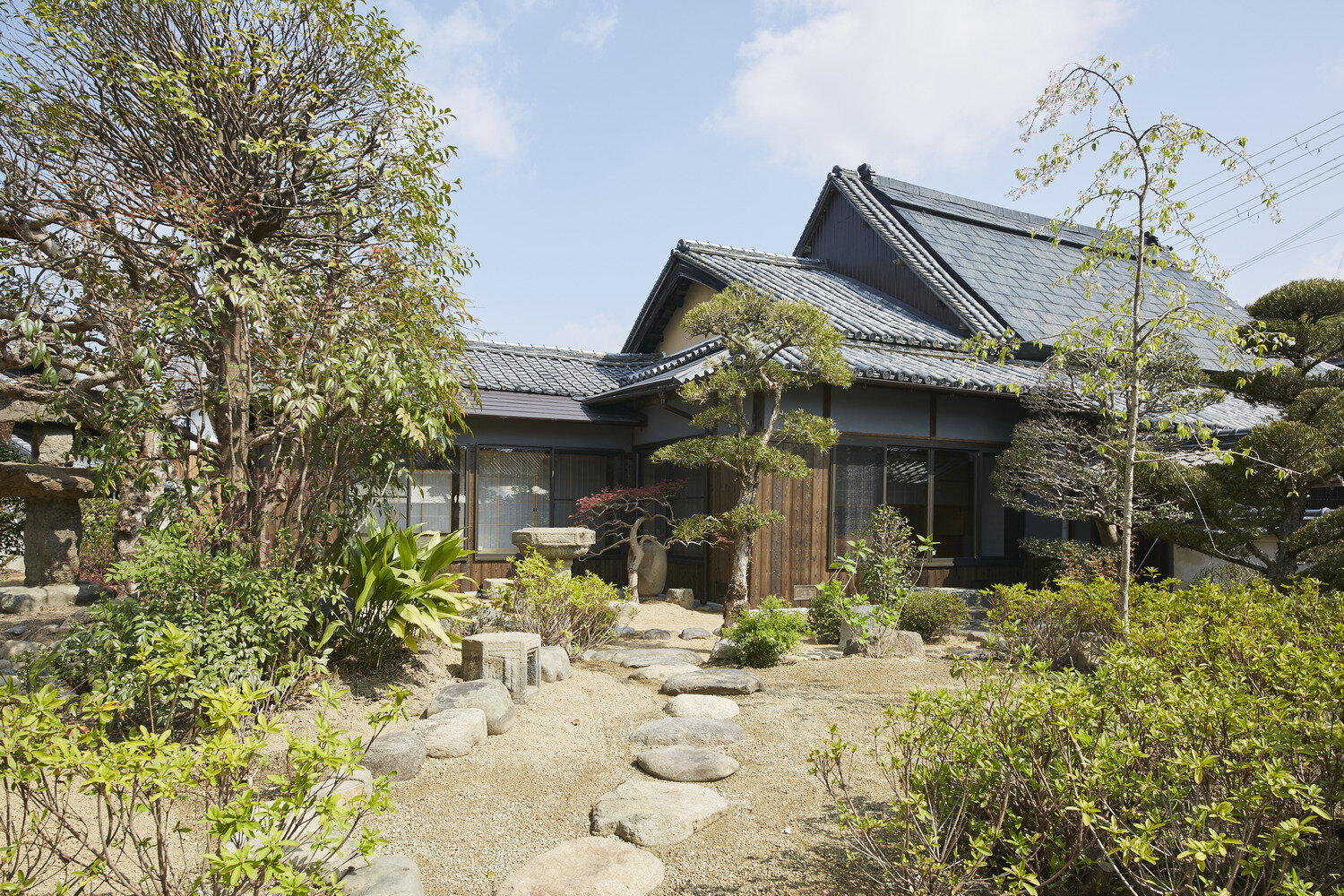
大阪は歴史の宝庫!! "みなみかわち"を歩く
都会の喧騒を離れ、電車に揺られて"南河内エリア"へ。 大阪市内から最寄駅まで(近鉄阿部野橋駅~喜志駅)、電車でわずか約30分。 金剛・葛城の山々に見守られるように広がるこの南河内は、「古墳」「寺院」「町家」...大阪有数の歴史の宝庫だ。 聖徳太子ゆかりの地「太子町」、江戸の商家の町並みを残す「富田林寺内町」。 そこここから聞こえる、歴史の息吹に耳を澄まそう。
-
START
近鉄喜志駅
-
バスで約10分叡福寺

近鉄喜志駅前のバス停から金剛バスで約10分。太子前バス停にて下車すると、すぐ目の前に階段が広がる。階段の下からでも、朱色の南大門の奥に一直線上に見える御廟が印象的な、聖徳太子御廟所 磯長山叡福寺。聖徳太子のほか、母・穴穂部間人(あなほべのはしひと)皇后、そして妃の膳部大郎女(かしわべのおおいらつめ)が葬られている陵墓(三骨一廟)があり、それを守るために、推古天皇が建立、神亀元年(724)に聖武天皇が大伽藍を整備したと伝えられる。
-
金堂(府指定文化財)

南大門をくぐると、きちんと整備され、砂利の敷き詰められた美しい境内が広がる。境内左手には金堂と呼ばれる大きなお堂。本尊は高さ90センチの如意輪観音。脇侍は不動明王と愛染明王。小屋裏に残されていた棟札から、享保17年(1732)に再建されたことが明確で、この棟札と共に大阪府指定文化財となっている。
-
聖徳太子御廟

更に境内奥の階段を進む。二天門内には、上の御堂や浄土堂、経堂などが御廟を囲むように建てられ、御廟には聖徳太子、その母と妃が葬られていると伝えられ、三骨一廟と呼ばれる。また、浄土堂では、その昔弘法大師御参籠の際に、九十九夜にわたり御廟から音楽が聞こえ、三尊(阿弥陀如来、観音菩薩、勢至菩薩)がご来迎されたと伝えられる。
徒歩3分 -
西方院

叡福寺の道を挟んだ向かいの路地奥には、西方寺が。聖徳太子の死後に、その乳母であった月益姫、日益姫、玉照姫(それぞれ蘇我馬子、小野妹子、物部守屋の娘とされる)の3人が、剃髪して仏門に入り、墓前にお堂を建立して、太子の冥福を祈ったのが寺の始まりと伝えられる。西方院は、叡福寺よりも更に長い階段上にあり、階段の上からは、まるで見守っているかのごとく御廟が望める。
近鉄富田林西口駅から徒歩約5分 -
旧杉山家(重要文化財)

喜志駅に戻り、近鉄電車で富田林西口へ。駅から徒歩わずか5分で江戸時代の商家の赴きが色濃く残る寺内町へ。まずは、江戸から明治にかけて造り酒屋を営み、寺内町内でもっとも古い建築物といわれる旧杉山家へ。旧杉山家は明星派の歌人石川露子の生家としても知られている。一般開放(有料)しており、内部や庭園等を見学できる。ここでは是非、欄間や大床ノ間、襖絵などのディテールをチェックしよう。
スポットを見る -
寺内町センター

旧杉山家の向かいにある提灯が目印の施設。商いの道具や店の看板、鬼瓦などが展示されている。無料で休憩もできるので、散策の間に立ち寄ってみよう。自動販売機やお手洗いも完備。
-
城之門筋

当時の寺内町のメインストリートといえば、こちらの城之門通。メインストリートらしく、寺院や材木商や醸造業、油屋などを営んでいた大きな旧家が立ち並ぶ。一区画に一軒という、現在の大阪ではあまりお目に掛かれないような大邸宅に当時の繁栄ぶりがうかがえる。それぞれの旧家の白壁、板塀、木格子、虫籠窓 (むしこまど)、鬼瓦、煙だしの小屋根など、当時の建築様式を見比べるのも楽しいのでは。
-
忍返し・あてまげの道

当時の寺内町のメインストリートといえば、こちらの城之門通。メインストリートらしく、寺院や材木商や醸造業、油屋などを営んでいた大きな旧家が立ち並ぶ。一区画に一軒という、現在の大阪ではあまりお目に掛かれないような大邸宅に当時の繁栄ぶりがうかがえる。それぞれの旧家の白壁、板塀、木格子、虫籠窓 (むしこまど寺内町ができたのは戦国時代。町のあちこちに戦乱を避ける工夫が凝らされている。塀の上に先のとがった竹・木を並べた「忍返し」もそのひとつ。他にも、町筋の道と道を半間ほどずらし、見通しを妨げるようにした「あてまげの道」など、生活を守る為の知恵が随所に生かされている。
- GOAL!
追加情報
- 立ち寄りスポット
- 太子温泉で、ゆっくりと旅の疲れを癒そう。
- 味わいスポット
- Centre de village (サントル・ドゥ・ヴィラージュ)では、おいしいイタリアンが味わえます。
- お土産
- 富田林駅前にある、老舗和菓子店柏屋葛城堂の「寺内町煎餅」寺内町の寺院や旧家の焼印が記されており、旅の思い出・おみやげにぴったり。














